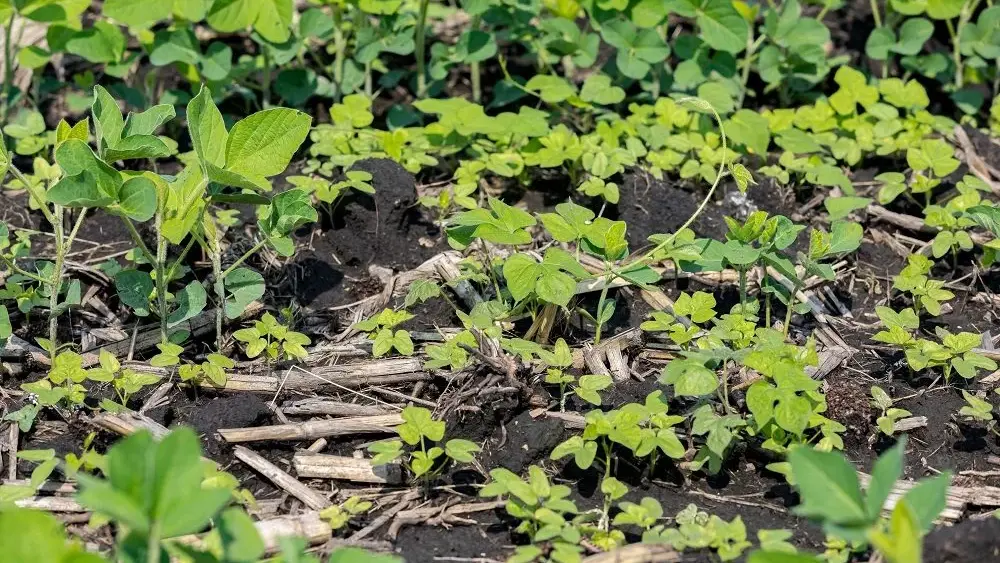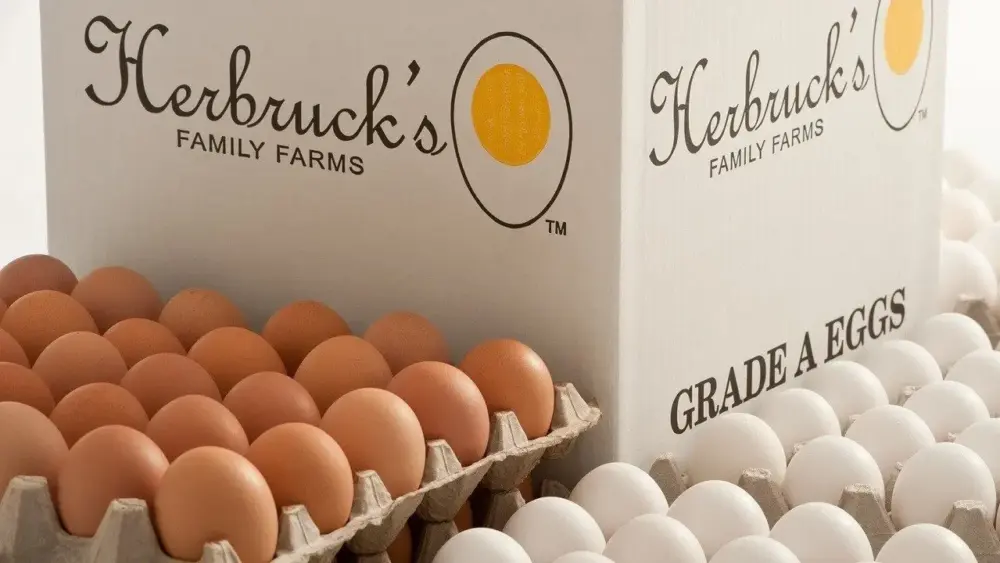Field crop conditions improved in Michigan, especially following localized heavy rain on Friday. However, there was very little improvement to emergence.
According to USDA’s weekly Crop Progress Report, there was a 4 percent increase of corn emerged in Michigan, bringing the total to 96 percent. Soybean emergence increased 5 percent to 97 percent emerged.
65 percent of Michigan’s corn is rated good to excellent, 27 percent in fair, and 8 percent is in poor to very poor condition. Last week, 58 percent was rated good to excellent and 33 percent in fair condition.
Soybean conditions also improved. This week, 64 percent of the crop is rated good to excellent and 29 percent in fair. Last week, 57 percent of soybeans were rated in good to excellent condition and 34 percent rated to be fair.
Winter wheat conditions are also holding steady. 62 percent is rated in good to excellent condition and 27 percent is in fair. 88 percent of the crop is headed and 4 percent is mature.
Fruit
Passing storms midweek brought some needed precipitation and was followed by cooler temperatures which had fruit in good shape. Prior to the rain, growers applied supplemental irrigation. In the West Central, blueberries grew rapidly. Early season varieties like Weymouth began to color. Blueberries in the Southwest were at green berry. Some of the earliest varieties began to color.
In the Northwest, tart cherries were sizing well. The purported Balaton crop was reported to be very good across most blocks. In the Southwest, tart cherries were just beginning to color.
Apples sized well last week. In the Northwest, apples were around 20 mm in size and were rapidly approaching the size when chemical thinners weren’t very effective. On the Ridge, apples were 18 to 25 mm. The apple scab season for 2020 was over. Codling moth flight continued. Some blocks had very high numbers. Growers actively controlled this pest with the hopes of reducing the second generation. In the East, apples were 30 mm and most growers had a decent crop. Hand thinning had not yet begun but will be needed in some blocks. Apples in the Southwest ranged from 30 to 45 mm. Fire blight symptoms were rare.
Peaches in the East were between 30 and 38 mm. Hand thinning continued in some blocks. Green peach aphids were found in many blocks. In the Southwest, peaches were around 1.5 inches in diameter and pits were beginning to harden. Red Haven harvest was anticipated to begin around 4 August in Central Berrien County.
Vegetables
Asparagus harvest was coming to a close in the West Central region.
Staking and tying continued for outdoor tomatoes in the East, while harvest began for greenhouse tomatoes in the South.
In the Southeast region, broccoli, kale, collards are radishes were all being harvested. Transplanting of peppers and eggplants continued across the State as dry weather allowed, and many early fields showed initial fruit set.
Melons and cucumbers on plastic were beginning to flower and run vines.
Cucurbit downy mildew was confirmed in the West and pickle, cucumber and melon growers were encouraged to begin fungicide treatments. Early sweet corn started to tassel.





